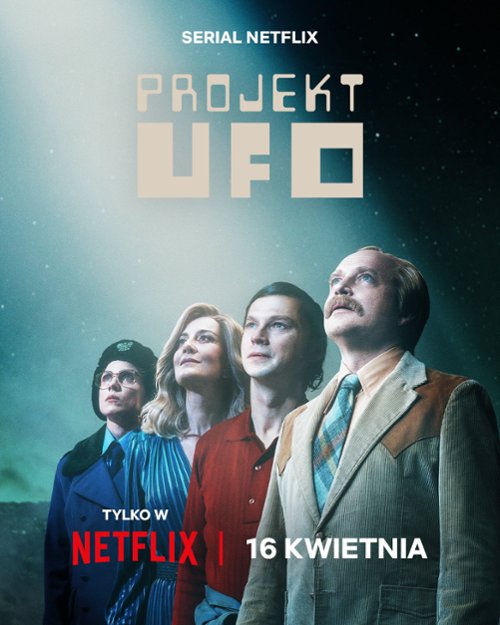Der Bose Bub Eugen -Live Auf Drs3
Recorded live 29.03.1987 at Rote Fabrik,Zurich.
Pistes
| A1 | Freddie | 2:54 |
| A2 | Novembertag | 3:38 |
| A3 | Blinder Passagier | 3:28 |
| A4 | Verkauft | 2:35 |
| A5 | Allein Zu Haus | 3:52 |
| A6 | Madchen Vom Andern Stern | 5:24 |
| A7 | Auf Die Dacher | 2:08 |
| A8 | Badewannen-Krimi | 4:17 |
| B1 | Gaudenz Meint | 4:20 |
| B2 | Der Lange Mann | 4:32 |
| B3 | Seemann | 3:26 |
| B4 | Zeig Flagge | 3:49 |
| B5 | Zeig Flagge (Ende) | 1:27 |



.jpg)





















